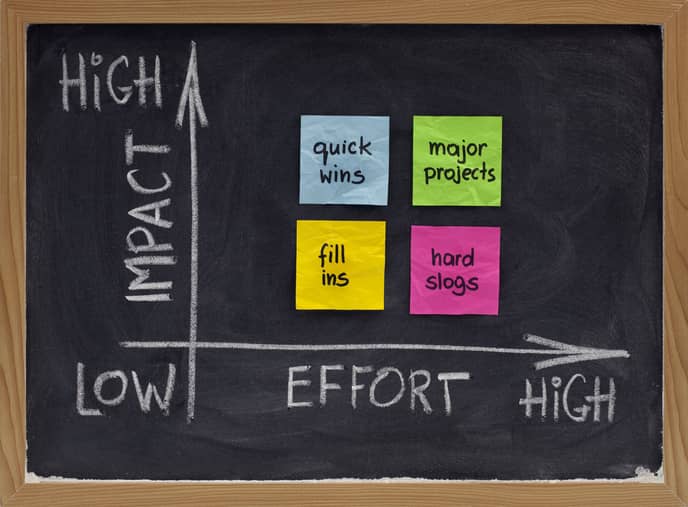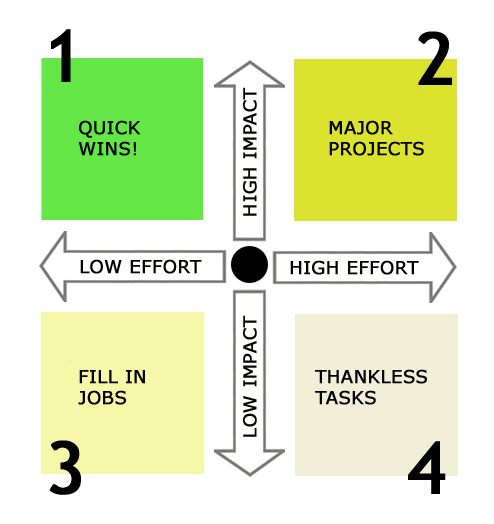Project teams use a Six Sigma flowchart to provide a visual representation of the steps, inputs and outputs, events and individual operations that make up a process. By expressing the details of an operation in a graphic way, it makes it easier for project teams to find ways to make process improvements.
Flowcharts come in many different forms, all with the purpose of making it easier to find issues and to correct them. It’s a critical part of a team effort, giving everyone involved a chance to use their individual skills and talent to the fullest.
Project teams use flowcharts for everything from organizing the manufacturing floor to improving how you handle your office potluck.
What Does a Flowchart Visualize?
Each flowchart visualizes the steps of a process. Experts typically divide them into three types.
Process Flowchart
This depicts the step-by-step operations of a process. A simple example would involve a person running for political office, knocking on doors in a neighborhood. It would involve the following steps, connected by arrows, running from left to right.
- Walk up the sidewalk
- Ring the doorbell
- Does someone answer?
- If yes, ask them for their vote
- If no, leave a flier on the doorknob
Deployment Flowchart
This flowchart uses a “swim lane” approach to show what different people involved in a process do concurrently. In the case above, the chart adds a second lane for the person in the house who chooses whether to answer or not answer the door and have a conversation. They also will have to decide whether to say they will vote for the candidate, if asked.
Alternate Path Flowchart
This chart offers alternatives based on decisions. An example from above is the “does someone answer?” step of the flowchart, which then has different steps depending on the answer. An alternative path flowchart involves much more complicated operations with multiple steps on a variety of paths.
When Do You Need a Flowchart?
For some tasks, a flowchart is not necessary. But when using Lean or Six Sigma, it is almost always used because the focus is on improving an operation. The best way to make improvements is to understand every step of the process. You may also need a flowchart if any of the following applies.
- You want to show others exactly how a process works
- To improve communications between multiple people involved in the same process
- To officially document the way a process is supposed to work
A good example of putting flowcharts to work involve retail outlets who want to improve customer experience and satisfaction.



